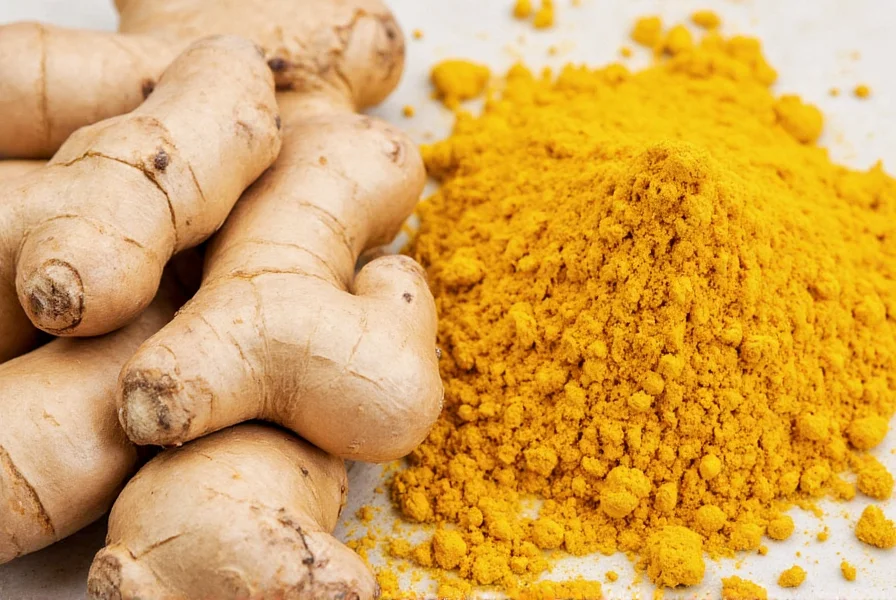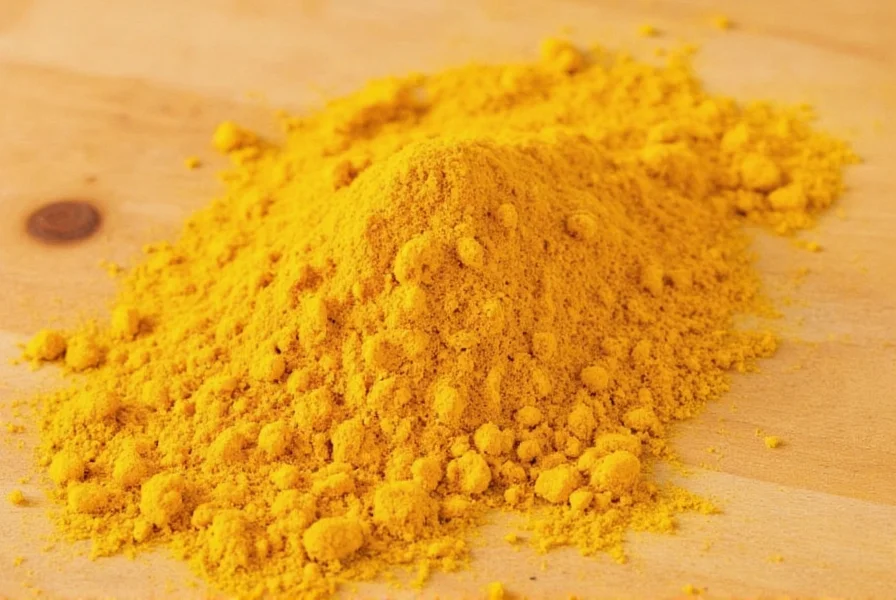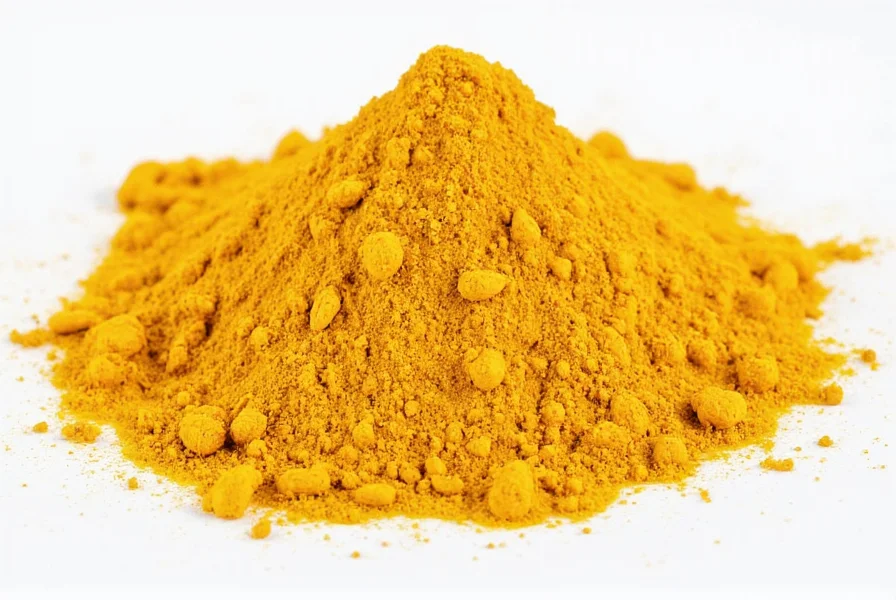For centuries, traditional medicine systems worldwide have utilized ginger and turmeric for their therapeutic properties. Modern science now validates many of these traditional uses through rigorous clinical research. These botanical powerhouses offer remarkable health benefits while adding distinctive flavor profiles to culinary creations. Understanding their unique properties helps maximize their potential in daily wellness routines.
The Science Behind Ginger and Turmeric
Ginger (Zingiber officinale) contains gingerols, the primary bioactive compounds responsible for its pungent flavor and therapeutic effects. Turmeric (Curcuma longa), a member of the ginger family, features curcuminoids, with curcumin being the most studied compound. These phytochemicals interact with multiple molecular targets in the body, influencing various physiological pathways.
Research published in the Journal of Medicinal Food demonstrates that gingerols inhibit inflammatory enzymes like cyclooxygenase-2 (COX-2), similar to some pharmaceutical anti-inflammatories but without the same side effect profile. Curcumin operates through different mechanisms, modulating over 700 genes and influencing more than 160 biological pathways according to studies in Advances in Experimental Medicine and Biology.

Comparative Health Benefits
Both spices deliver impressive health advantages, though their mechanisms and specific benefits differ:
| Benefit | Ginger | Turmeric |
|---|---|---|
| Anti-inflammatory action | Reduces prostaglandins and leukotrienes | Inhibits NF-kB pathway, reducing cytokine production |
| Digestive support | Accelerates gastric emptying, reduces nausea | Stimulates bile production, supports liver function |
| Pain management | Effective for menstrual pain and osteoarthritis | Shows promise for chronic joint pain and arthritis |
| Antioxidant capacity | Moderate ORAC value (10,767 μmol TE/100g) | High ORAC value (159,277 μmol TE/100g) |
Anti-Inflammatory Properties Explained
The anti-inflammatory effects of ginger and turmeric represent their most scientifically validated benefits. Chronic inflammation underlies many modern diseases, making these natural compounds valuable preventive tools. A systematic review in Nutrients found that daily ginger supplementation (1-3 grams) significantly reduced inflammatory markers like C-reactive protein (CRP) and interleukin-6 in clinical trials.
Turmeric's curcumin demonstrates even more potent anti-inflammatory activity but faces bioavailability challenges. Research shows that combining turmeric with black pepper (containing piperine) increases curcumin absorption by up to 2,000%. The Journal of Ayurveda and Integrative Medicine reports that consuming turmeric with healthy fats like coconut oil or olive oil further enhances its bioavailability.
Digestive Health Applications
Ginger's reputation as a digestive aid is well-supported by science. Clinical studies show it accelerates gastric emptying by 25% compared to placebo, making it particularly valuable for those with functional dyspepsia. Its antiemetic properties effectively reduce nausea from various causes, including pregnancy, chemotherapy, and motion sickness.
Turmeric supports digestion through different mechanisms. It stimulates bile production, which aids fat digestion and helps prevent gallstone formation. Research in the European Review for Medical and Pharmacological Sciences indicates turmeric may protect against gastric ulcers by inhibiting H. pylori growth and reducing stomach acid secretion.
Immune System Support
Both botanicals enhance immune function through complementary pathways. Ginger modulates immune cell activity and demonstrates antimicrobial properties against various pathogens. A study in Food and Chemical Toxicology found ginger extract inhibited respiratory syncytial virus (RSV) replication.
Turmeric's immune-modulating effects are equally impressive. Curcumin enhances antibody response and regulates T-cell activity. Research published in Mediators of Inflammation shows curcumin can both stimulate immune response when needed and calm excessive inflammation during autoimmune reactions, demonstrating intelligent immunomodulation.
Practical Culinary Integration
Incorporating ginger and turmeric into daily meals offers the most sustainable approach to reaping their benefits. Fresh forms provide the highest nutrient content, though dried spices and extracts offer convenient alternatives. Consider these evidence-based preparation methods:
- Combine freshly grated turmeric with black pepper and olive oil in salad dressings
- Add ginger to smoothies or freshly squeezed juices for digestive support
- Create golden milk by simmering turmeric with coconut milk and a pinch of black pepper
- Use ginger in stir-fries and marinades to enhance flavor and digestibility
- Make ginger-turmeric tea by simmering both roots in water for 10-15 minutes

Safety Considerations and Optimal Intake
While generally safe, certain considerations apply when using ginger and turmeric medicinally. The European Medicines Agency recommends no more than 4 grams of ginger daily, with lower amounts during pregnancy. Those taking blood thinners should consult healthcare providers before consuming therapeutic doses of either spice.
For optimal benefits without adverse effects:
- Ginger: 1-3 grams daily of fresh root or 250-500 mg standardized extract
- Turmeric: 500-2,000 mg of curcumin daily, always with piperine or fat
- Monitor for potential interactions with medications, particularly blood thinners
- Discontinue use before surgical procedures due to potential blood-thinning effects
Most people tolerate these spices well at culinary doses. Some may experience mild heartburn or digestive upset initially, which typically resolves with continued use or reduced dosage.
Evidence-Based Recommendations
Based on current research, incorporating both ginger and turmeric into your daily routine offers synergistic health benefits. Their complementary mechanisms of action create a broader spectrum of protection against inflammation and oxidative stress than either alone. For maximum benefit, prioritize fresh forms in cooking while considering standardized extracts for therapeutic applications under professional guidance.
The scientific consensus supports regular consumption of these spices as part of a plant-rich diet for long-term health maintenance. Their impressive safety profile and multiple health benefits make them valuable additions to most wellness regimens when used appropriately.
Frequently Asked Questions
What's the best way to consume turmeric for maximum absorption?
Combine turmeric with black pepper and a healthy fat for optimal absorption. Research shows piperine in black pepper increases curcumin bioavailability by up to 2,000%, while fat helps dissolve the fat-soluble curcumin compounds. A simple method is to add 1/4 teaspoon black pepper and 1 teaspoon coconut oil or olive oil when using turmeric in cooking or beverages.
Can ginger and turmeric be taken together safely?
Yes, ginger and turmeric can be safely consumed together and often provide synergistic benefits. Both work through complementary pathways to reduce inflammation and support digestive health. Many traditional preparations like golden milk combine both spices. However, those taking blood-thinning medications should consult their healthcare provider before consuming therapeutic doses of both simultaneously.
How much ginger and turmeric should I consume daily for health benefits?
For culinary use, 1-3 grams of fresh ginger (about 1/2 to 1.5 teaspoons grated) and 1-3 grams of fresh turmeric (1/4 to 3/4 teaspoon grated) daily provides significant benefits. Therapeutic doses for specific conditions may require higher amounts: 1-3 grams of ginger extract or 500-2,000 mg of curcumin with piperine. Always start with lower doses and increase gradually to assess tolerance.
Are there any side effects of consuming too much ginger or turmeric?
Excessive ginger consumption (more than 4 grams daily) may cause heartburn, diarrhea, or mouth irritation in some people. High turmeric doses can lead to digestive upset or interact with blood-thinning medications. Both are generally safe at culinary doses, but therapeutic amounts should be monitored. Discontinue use if you experience adverse reactions and consult a healthcare provider if taking medications.











 浙公网安备
33010002000092号
浙公网安备
33010002000092号 浙B2-20120091-4
浙B2-20120091-4